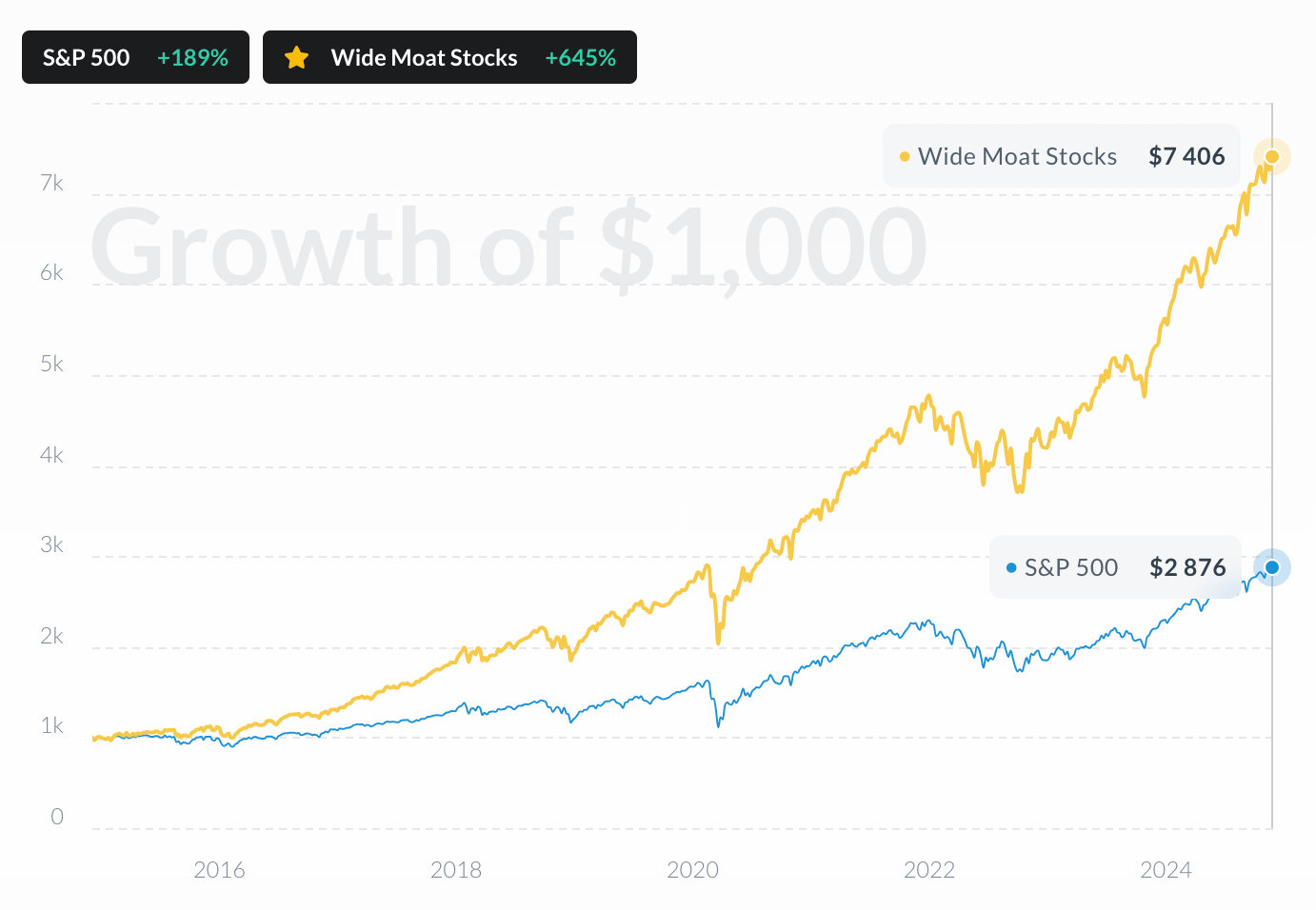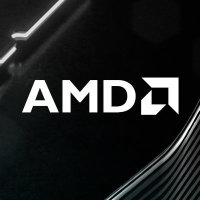
Advanced Micro Devices Inc
NASDAQ:AMD
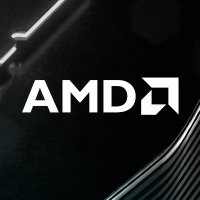

| US |

|
Johnson & Johnson
NYSE:JNJ
|
Pharmaceuticals
|
| US |

|
Berkshire Hathaway Inc
NYSE:BRK.A
|
Financial Services
|
| US |

|
Bank of America Corp
NYSE:BAC
|
Banking
|
| US |

|
Mastercard Inc
NYSE:MA
|
Technology
|
| US |

|
UnitedHealth Group Inc
NYSE:UNH
|
Health Care
|
| US |

|
Exxon Mobil Corp
NYSE:XOM
|
Energy
|
| US |

|
Pfizer Inc
NYSE:PFE
|
Pharmaceuticals
|
| US |

|
Palantir Technologies Inc
NYSE:PLTR
|
Technology
|
| US |

|
Nike Inc
NYSE:NKE
|
Textiles, Apparel & Luxury Goods
|
| US |

|
Visa Inc
NYSE:V
|
Technology
|
| CN |

|
Alibaba Group Holding Ltd
NYSE:BABA
|
Retail
|
| US |

|
JPMorgan Chase & Co
NYSE:JPM
|
Banking
|
| US |

|
Coca-Cola Co
NYSE:KO
|
Beverages
|
| US |

|
Walmart Inc
NYSE:WMT
|
Retail
|
| US |

|
Verizon Communications Inc
NYSE:VZ
|
Telecommunication
|
| US |

|
Chevron Corp
NYSE:CVX
|
Energy
|
Utilize notes to systematically review your investment decisions. By reflecting on past outcomes, you can discern effective strategies and identify those that underperformed. This continuous feedback loop enables you to adapt and refine your approach, optimizing for future success.
Each note serves as a learning point, offering insights into your decision-making processes. Over time, you'll accumulate a personalized database of knowledge, enhancing your ability to make informed decisions quickly and effectively.
With a comprehensive record of your investment history at your fingertips, you can compare current opportunities against past experiences. This not only bolsters your confidence but also ensures that each decision is grounded in a well-documented rationale.
Do you really want to delete this note?
This action cannot be undone.

| 52 Week Range |
78.21
264.33
|
| Price Target |
|
We'll email you a reminder when the closing price reaches USD.
Choose the stock you wish to monitor with a price alert.

|
Johnson & Johnson
NYSE:JNJ
|
US |

|
Berkshire Hathaway Inc
NYSE:BRK.A
|
US |

|
Bank of America Corp
NYSE:BAC
|
US |

|
Mastercard Inc
NYSE:MA
|
US |

|
UnitedHealth Group Inc
NYSE:UNH
|
US |

|
Exxon Mobil Corp
NYSE:XOM
|
US |

|
Pfizer Inc
NYSE:PFE
|
US |

|
Palantir Technologies Inc
NYSE:PLTR
|
US |

|
Nike Inc
NYSE:NKE
|
US |

|
Visa Inc
NYSE:V
|
US |

|
Alibaba Group Holding Ltd
NYSE:BABA
|
CN |

|
JPMorgan Chase & Co
NYSE:JPM
|
US |

|
Coca-Cola Co
NYSE:KO
|
US |

|
Walmart Inc
NYSE:WMT
|
US |

|
Verizon Communications Inc
NYSE:VZ
|
US |

|
Chevron Corp
NYSE:CVX
|
US |
This alert will be permanently deleted.
Operating Margin
Advanced Micro Devices Inc
Operating Margin represents how efficiently a company is able to generate profit through its core operations.
Higher ratios are generally better, illustrating the company is efficient in its operations and is good at turning sales into profits.
Operating Margin Across Competitors
| Country | Company | Market Cap |
Operating Margin |
||
|---|---|---|---|---|---|
| US |

|
Advanced Micro Devices Inc
NASDAQ:AMD
|
348.7B USD |
9%
|
|
| US |

|
NVIDIA Corp
NASDAQ:NVDA
|
4.3T USD |
59%
|
|
| US |

|
Broadcom Inc
NASDAQ:AVGO
|
1.9T USD |
39%
|
|
| TW |
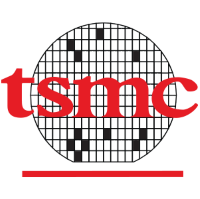
|
Taiwan Semiconductor Manufacturing Co Ltd
TWSE:2330
|
38.1T TWD |
49%
|
|
| US |
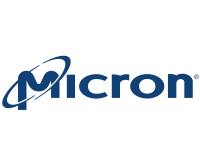
|
Micron Technology Inc
NASDAQ:MU
|
287.9B USD |
26%
|
|
| KR |

|
SK Hynix Inc
KRX:000660
|
390.1T KRW |
43%
|
|
| US |

|
Qualcomm Inc
NASDAQ:QCOM
|
192.3B USD |
28%
|
|
| US |
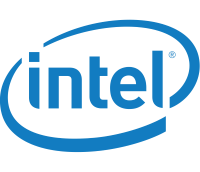
|
Intel Corp
NASDAQ:INTC
|
188.2B USD |
0%
|
|
| US |

|
Texas Instruments Inc
NASDAQ:TXN
|
163.9B USD |
35%
|
|
| UK |

|
Arm Holdings PLC
NASDAQ:ARM
|
142.3B USD |
20%
|
|
| US |

|
Analog Devices Inc
NASDAQ:ADI
|
138.2B USD |
27%
|
Advanced Micro Devices Inc
Glance View
In the dynamic world of semiconductor manufacturing, Advanced Micro Devices, Inc. (AMD) stands as a formidable player, innovating relentlessly in the high-tech landscape. Founded in 1969, AMD has steadily carved out a prominent position in the marketplace by delivering cutting-edge microprocessors, graphics processing units (GPUs), and related technologies. The company's journey can be likened to a strategic chess game, where each move is meticulously planned to outwit larger rivals like Intel and NVIDIA. The core of AMD's business revolves around designing and selling advanced computer processors and graphics technologies used in everything from laptops and gaming consoles to servers and workstations. By leveraging its state-of-the-art architecture, notably the "Zen" core, AMD has managed to capture market share and redefine performance standards across various computing platforms. Under the leadership of CEO Dr. Lisa Su, AMD has shifted its focus towards high-performance computing and visualization. This pivot has been instrumental in the company's recent revenue growth. Their business model primarily hinges on licensing intellectual properties and selling integrated circuits to computer manufacturers and data centers, which are increasingly pivotal in today’s cloud-centric environment. AMD's revenue streams are primarily derived from two segments: Computing and Graphics, and Enterprise, Embedded, and Semi-Custom. The former focuses on consumer products such as PCs and graphics cards, while the latter abstracts the lucrative server and embedded solutions space. This dual-segment strategy not only diversifies AMD's offerings but also insulates it from the volatility sometimes observed in the consumer electronics market, allowing it to thrive even as macroeconomic challenges persist.
See Also
Operating Margin represents how efficiently a company is able to generate profit through its core operations.
Higher ratios are generally better, illustrating the company is efficient in its operations and is good at turning sales into profits.
Based on Advanced Micro Devices Inc's most recent financial statements, the company has Operating Margin of 8.8%.







